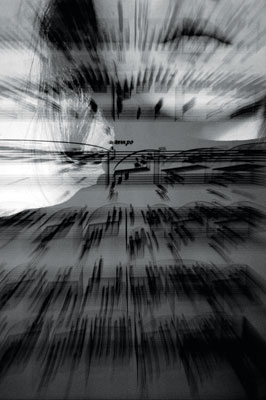All Nonfiction
- Bullying
- Books
- Academic
- Author Interviews
- Celebrity interviews
- College Articles
- College Essays
- Educator of the Year
- Heroes
- Interviews
- Memoir
- Personal Experience
- Sports
- Travel & Culture
All Opinions
- Bullying
- Current Events / Politics
- Discrimination
- Drugs / Alcohol / Smoking
- Entertainment / Celebrities
- Environment
- Love / Relationships
- Movies / Music / TV
- Pop Culture / Trends
- School / College
- Social Issues / Civics
- Spirituality / Religion
- Sports / Hobbies
All Hot Topics
- Bullying
- Community Service
- Environment
- Health
- Letters to the Editor
- Pride & Prejudice
- What Matters
- Back
Summer Guide
- Program Links
- Program Reviews
- Back
College Guide
- College Links
- College Reviews
- College Essays
- College Articles
- Back
1915 Never Forget
According to Wikipedia, the definition of genocide can be classified as, “the deliberate killing of a large group of people, especially those of a particular ethnic group or nation” (“Genocide”). Beginning ”On April 24th 1915, the Leaders of the Turkish government set out to eliminate and massacre Armenians living in the Ottoman Empire. This tragedy is known today as the Armenian genocide, which resulted in 1.5 million Armenians killed and half a million to be forced out of their country. To this day, the Turkish government fails to recognize the atrocity of the massacres they committed. Despite the efforts of the Armenian community, that tries and spread knowledge of this genocide to the world, it is still undermined by the Turkish government, who made it illegal to discuss this mass murder in Turkey. It is the remaining Armenians job to spread the truth about what happened April 24th 1915 to those who are not informed about what occurred.
For three thousand years, the Armenian community existed in the Middle East bordered by the Black, Mediterranean and Caspian Seas. Despite constant attacks and invasions, Armenia’s culture continued to thrive. By 600 BC, Mount Ararat, a mountain that was in Armenia and is now located in Turkey, became the Armenians focal point as a nation. As the nation continued to grow, “a golden era of peace and prosperity followed which saw the invention of a distinct alphabet, a flourishing of literature, art, commerce, and a unique style of architecture” (Gavin: “Armenia in Turkey”). Before the genocide, Armenia had suffered from other invasions from their Turkish neighbors throughout the 11th and 18th centuries. By the 1800’s, the powerful Ottoman Empire began to decline. The once invincible Turkish army was now loosing every battle to modern European armies. When WWI broke out in 1914, the Turkish government sided with the Central powers (Germany and Austria Hungary). When it came to the attention of their government that the Armenians were sympathetic towards the Russians, the Turks disarmed the 40,000 Armenians serving in the Turkish army. They were put into slave labor and were treated like animals. It is said that, “The actual extermination orders were transmitted in coded telegrams to all provincial governors throughout Turkey. Armed roundups began on the evening of April 24, 1915” (Gavin: “Armenians in Turkey”). This marked the beginning of the Armenian genocide.
This mass murder lasted from 1915 to 1918 with a total of 1.5 millions murders. For the past century, Armenians have done their best to inform friends, peers, and workers, about the crimes committed in 1915. Many post pictures in remembrance of their ancestors, while some try to get the topic trending on twitter, and few even try to get the topic put into the World Civilizations curriculum at schools. In Wyckoff New Jersey, Andrea Halajian was able to get the topic of the Armenian genocide into the RIH history programs in 2002. Now, every year in World Civilizations, the Armenian Genocide is discussed during the teachings of World War I and II, informing students about what occurred in 1915. Even though it is not discussed as long as other topics, it is enough to create knowledge about what happened.
The Armenians will always try and spread the knowledge of what their ancestors were put through. It is the little things, such as telling a parent or friend, that help them achieve their goal of informing the world about what the Turkish government has tried to deny for the past century.

Similar Articles
JOIN THE DISCUSSION
This article has 0 comments.
